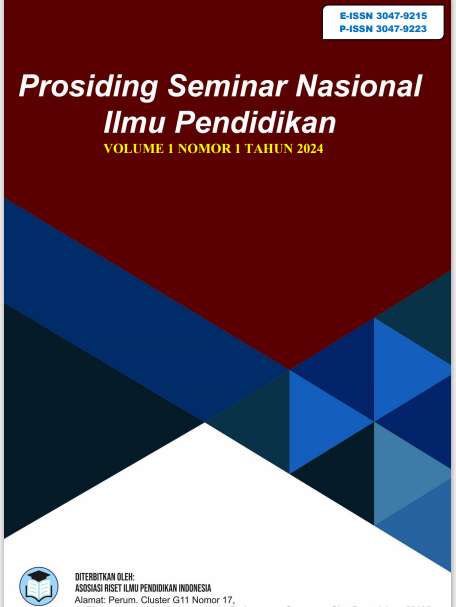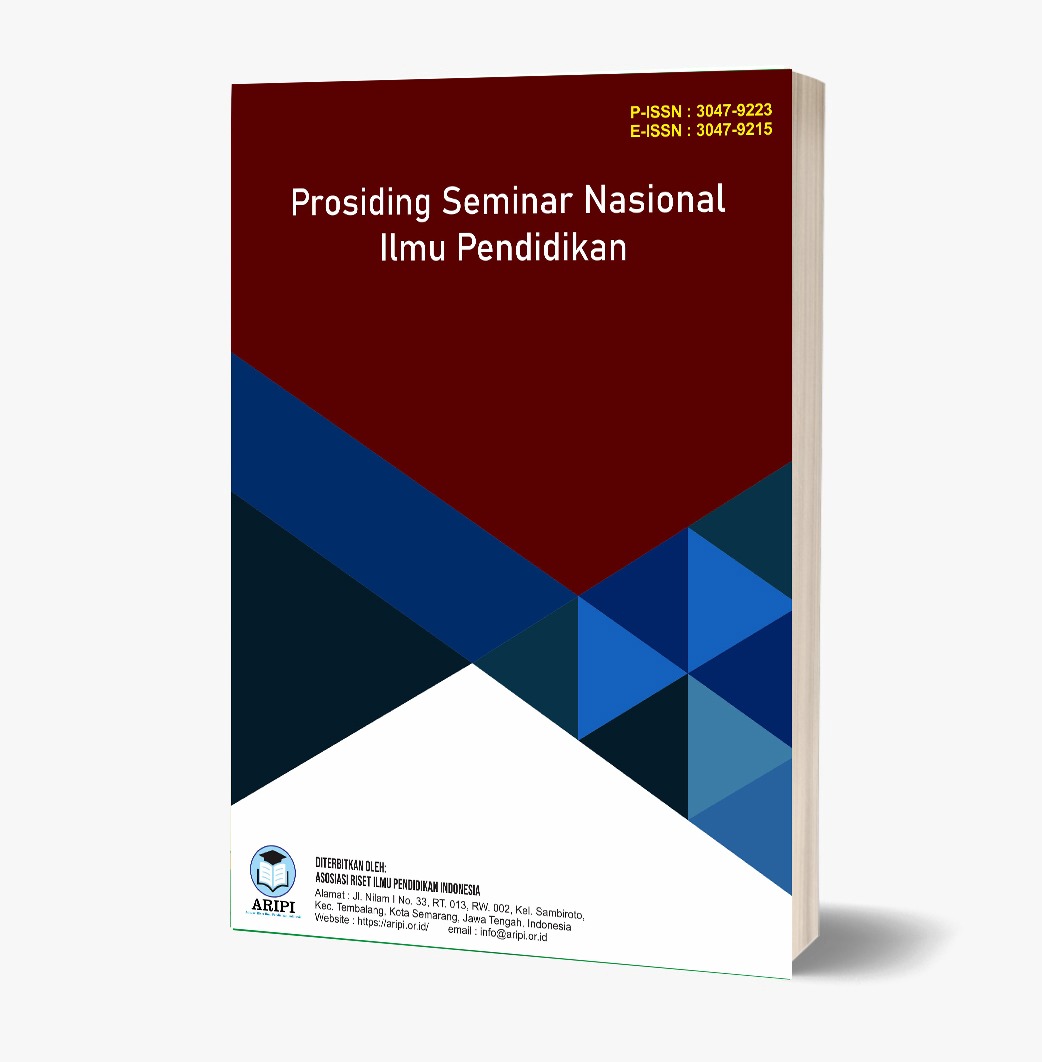The Legal Substance of Normative Ambiguity in Corporate Criminal Liability for Corruption
DOI:
https://doi.org/10.62951/prosemnasipi.v1i2.60Keywords:
Ambiguous norms, corruption, corporate criminal liabilityAbstract
The corporate criminal culpability concept is point by point in Article 20, passage (1) of Law Number 31 of 1999 on the Annihilation of Debasement, as revised by Law Number 20 in 2001. Concurring to this article, on the off chance that a enterprise locks in in debasement, both the organization and/or its administration can confront criminal charges. The term "and" implies a cumulative approach, holding both the corporation and its management accountable simultaneously, whereas "or" implies an alternate method, holding either the corporation or its management answerable. The usage of "can" generates ambiguity because its application is dependent on the interpretation of prosecutors and judges. Authoritative, conceptual, and case think about techniques were utilized to conduct the investigate. The information infer that Article 20, passage (1) of the PTPK Law is subject to numerous elucidations, coming about in regulating equivocalness. This is aggravated by the absence of precise standards for determining criminal responsibility for either the organization, its management, or both. This leads to conflicting legal applications by judges, resulting in legal confusion. Hence, it is required to reexamine the corporate risk demonstrate for debasement charges beneath Article 20, passage (1) of the PTPK Law.
References
Djaja, E. (2013). Memberantas korupsi bersama KPK: Kajian yuridis UURI Nomor 31 Tahun 1999 juncto UURI Nomor 20 Tahun 2001 versi UURI Nomor 30 Tahun 2002 juncto UURI Nomor 46 Tahun 2009 (2nd ed.). Jakarta: Sinar Grafika.
Friedman, L. M. (2001). American law: An introduction (2nd ed.). Jakarta: Tatanusa.
Isna¬wati, M. (2018). Arah penegakan hukum tindak pidana korupsi oleh korporasi dalam sistem hukum pidana nasional. Al Qist Law Review, 1(2), 108–118.
Kristian. (2018). Sistem pertanggungjawaban pidana korporasi dalam perkara tindak pidana korupsi pasca terbitnya PERMA RI No. 13 Tahun 2016. Jakarta: Sinar Grafika.
Moho, H. (2019). Penegakan hukum di Indonesia menurut aspek kepastian hukum, keadilan dan kemanfaatan. Warta Dharmawangsa, 13(1).
Prasetya, M. D., & Ratnawati, R. (2023). Upaya re-definisi korporasi dalam Undang-Undang Nomor 1 Tahun 2023. UNES Law Review, 6(1), 868–884.
Satria, H. (2021). Hukum pidana korporasi: Doktrin, norma dan praksis (ke-). Jakarta: Kencana.
Sjahdeini, S. R. (2006). Pertanggungjawaban pidana korporasi. Jakarta: Graffiti Pers.
Sjahdeini, S. R. (2017). Ajaran pemidanaan: Tindak pidana korporasi & seluk-beluknya (2nd ed.). Jakarta: Kencana.
Suhariyanto, B. (2017). Putusan pemidanaan terhadap korporasi tanpa didakwakan dalam perspektif ‘vicarious liability’. Jurnal Yudisial, 10(1), 36.
Suhariyanto, B. (2018). Kedudukan Peraturan Mahkamah Agung Nomor 13 Tahun 2016 dalam mengatasi kendala penanggulangan tindak pidana korupsi. Jurnal Negara Hukum, 9(1), 115.
Taqiuddin, H. U. (2019). Penalaran hukum (legal reasoning) dalam putusan hakim. JISIP (Jurnal Ilmu Sosial dan Pendidikan), 1(2).
Weissmann, A. (2007). A new approach to corporate criminal liability. American Criminal Law Review, 44, 1326.
Wibisana, A. G. (2016). Kejahatan lingkungan oleh korporasi: Mencari bentuk pertanggungjawaban korporasi dan pemimpin/pengurus korporasi untuk kejahatan lingkungan di Indonesia? Jurnal Hukum Pembangunan, 46(2), 150–151.
Yahya, B. (2017). Pembuktian tindak pidana korupsi yang dilakukan korporasi sebagai upaya pengembalian kerugian keuangan negara. Universitas Gajah Mada.
Downloads
Published
How to Cite
Issue
Section
License
Copyright (c) 2024 Prosiding Seminar Nasional Ilmu Pendidikan

This work is licensed under a Creative Commons Attribution-ShareAlike 4.0 International License.







